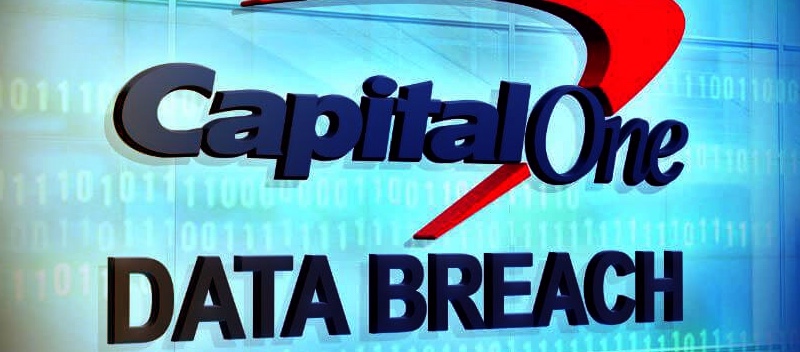 Phishers keep an eye on the news and use this knowledge to their advantage, as evidenced by the Capital One lures, which took advantage of the bank’s recently formed collaboration with Authentify.
Phishers keep an eye on the news and use this knowledge to their advantage, as evidenced by the Capital One lures, which took advantage of the bank’s recently formed collaboration with Authentify.
Capital One’s recent cooperation with Authentify has been used in a phishing campaign to deceive the bank’s clients into providing photo IDs by issuing them fake emails.
According to researchers at Vade who have been watching the campaign starting July 1st, the communications appear to be sent from a company account belonging to Capital One.
They also explain how the Authentify authentication tool works. Vade said that at one point, the hackers blasted out at least 6,000 spam emails in a single day, giving you a sense of the volume of phishing emails sent to clients.
The phishing email read, “You must submit any copy of your ID for confirmation and to confirm that you are fully registered to avoid account limitations now.” A duplicate ID is necessary to validate and verify that you are fully registered.
Those Who Engage in Phishing Keep Up with the News
The Vade report noted that the timing of the campaign demonstrates that cybercriminals have a keen awareness of news items they can use to help sell their most recent scams to victims. The report further added that on the same day that Capital One announced it would be working with Authentify. It also sought to work with six other financial organizations. The Bank of America, Wells Fargo, PNC Bank, and other household brands announced similar deals.
According to Vade, these phishing assaults represent a more significant trend in which threat actors co-opt well-known names associated with financial services to utilize those companies as phishing lures in conjunction with their criminal activities.
The findings of Vade’s investigation show that phishing URLs about financial services firms will make up 34% of all such URLs during the first quarter of 2022. That is the industry sector that is now being spoofed the most.
According to the research, “We believe this pattern will continue and warn consumers to be wary of emails from financial institutions and third-party applications affiliated with such institutions. Always work under the assumption that both can be faked, and never log in to an account using email. Instead, do it directly through a browser or application,” the advice reads.
It is vital to understand that phishing is a cyberattack in which malicious actors send communications while posing as trustworthy individuals or organizations. These messages are intended to steal sensitive information.
Phishing communications trick users into performing actions such as downloading and installing harmful software, clicking on links that lead to dangerous websites, or giving personal information such as login credentials to access resources.
The most widespread form of social engineering, also known as phishing, is an umbrella term that refers to several strategies that aim to deceive or influence computer users.
